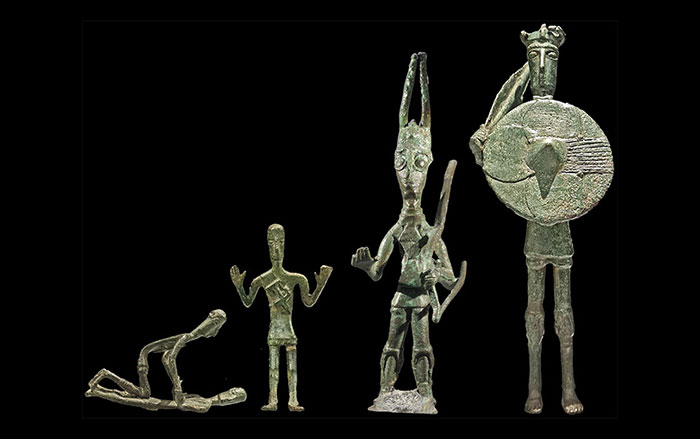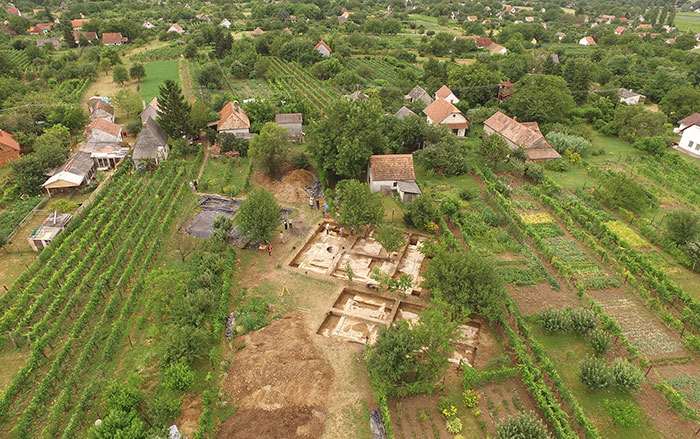
CAMBRIDGE, ENGLAND—Science Magazine reports that a team of scientists led by Eske Willerslev of the University of Cambridge has detected the virus that causes hepatitis B (HBV) in the 4,500-year-old remains of a man who lived in what is now Osterhofen, Germany. In all, the team sequenced the genomes of 304 people who lived in Eurasia between 3500 and 500 B.C., and found the virus in 12 of them. In addition, geneticist Johannes Krause of the Max Planck Institute for the Science of Human History and his colleagues found traces of HBV in the teeth of three skeletons, also unearthed in Germany, dating from 5000 to 3200 B.C. Krause said the liver-destroying disease “seems to have been pretty common in the past.” The oldest-known hepatitis B virus strain before these studies were conducted had been found in a sixteenth-century mummy in Italy. For more on ancient evidence of disease, go to “Heart Attack of the Mummies.”










